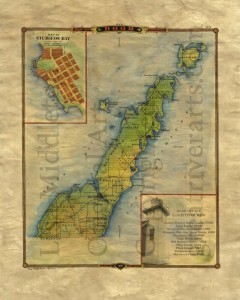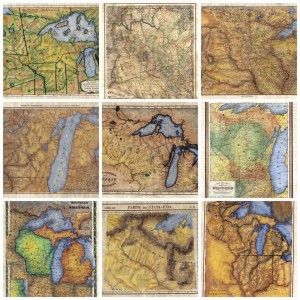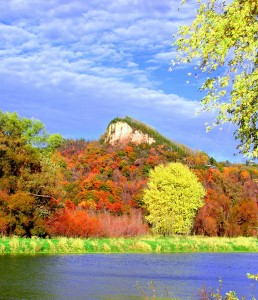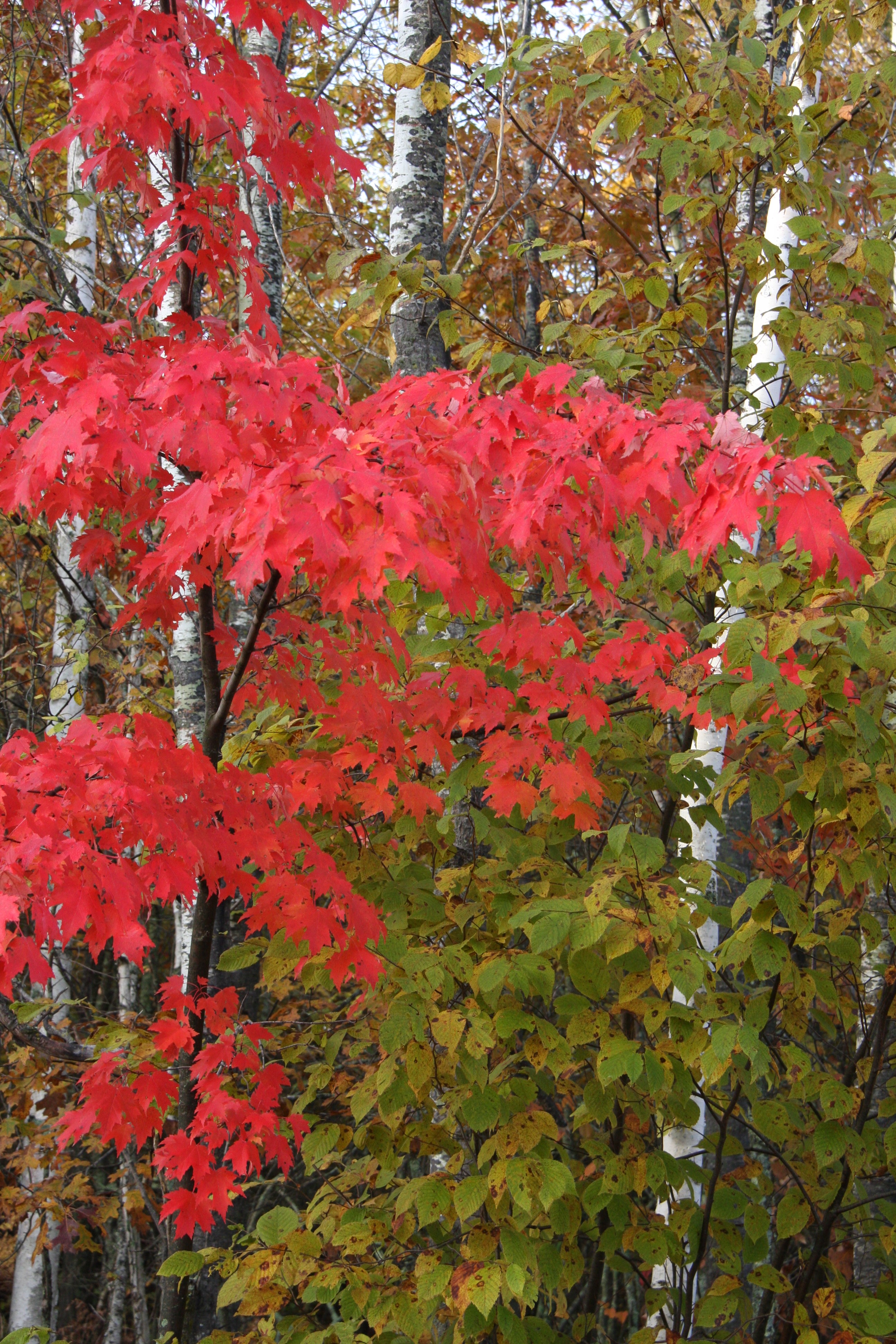Thank you, Greg Koelker for detailed report on Mississippi River Railroad Trespass Hearings. This is a significant issue for all of us along the Upper Mississippi River. If folks are not allowed to cross the railroad tracks. the trains which rattle our countryside constantly will also become a FENCE to separate us from the recreational resources we ALL love most about the river. It is worth paying attention to the discussions. ~Pat
Railroad Trespass Hearings by Greg Koelker
Some 200 hunters, fishermen, trappers, birders, snowmobilers, business owners, community leaders, government employees and other concerned Mississippi River recreation enthusiasts showed up to be heard by State Senator Jennifer Shilling, Tim Yager from the Department of Fish and Wildlife, and the Railroad Commissioner of Wisconsin, Yash Wadhwa at the De Soto Community Center and Stoddard Legion on April 22.
After introductions, Tim Yager informed the group that there has been investigation into 17 to 18 additional rail crossings along the Mississippi with good line of sight. He added that these could cost between $15,000 and $250,000 each. He said that the position of the USFW is that they want safe and adequate access to the over 240,000 acres of the Upper Mississippi River Refuge. The river is bordered by railroad tracks on both shores.
Dan Knapek of De Soto asked what percent of the railroad’s profit would it take to create the needed rail crossings. Commissioner Wadwa said there were already 26 possible crossings being investigated. They are looking to define all options and look into shared cost.
Long time member of the Wisconsin Conservation Congress, Bill Howe of Prairie du Chien said, “The railroad’s desire to limit access entirely impacts the entire rail system in this country.” Howe called the railroad’s position, “…a great threat.” He added that 15 to 20% of railroads are not on their own lands.
Dan Trawicke of Waukesha, representing the Safari Club, said, “This is not just a Western Wisconsin problem.” He said that safety is a number one concern, but he added that it takes common sense. “Additional crossings are not the answer,” said Trawicke, “we have a constitutional right” to access those lands.
Greg Koelker of Stoddard said, “Safely crossing a railroad track is no different that safely crossing a highway. Look both ways and listen. Then cross if it is safe. Every first grader knows that.” He added, “. . . no amount of legislation will change the minds of suicidal people, drunks, idiots trying to beat a train, protesters of whatever, and especially not terrorists.” Koelker brought up the long tradition of using the tracks to access the river. “I grew up near Cassville and my dad and I would walk the tracks to access ice fishing sports on Bertram Lake. For years, our family members crossed the tracks to trap and hunt ducks and deer and even morel mushrooms. I used to cross the tracks at Shady Maple to ice fish with my family. I have friends who cross the tracks to hunt ducks out on peninsulas along the river. There is no other way to get to those waters for much of the year.” Koelker said he hears from legitimate sources that at least 50% of our legislators already support the change. He added that, “I understand that the Railroad Commissioner has the power to order placement of railroad crossings. I urge you to consider directing more pedestrian railroad crossings and to support changing the trespass law to allow direct crossing of the tracks.”
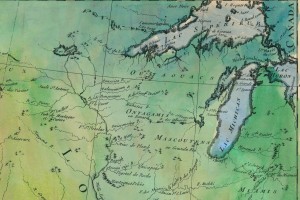
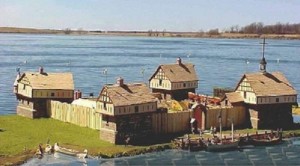

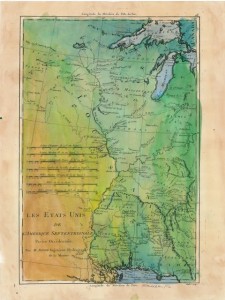
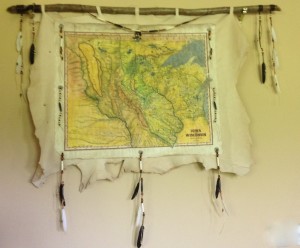

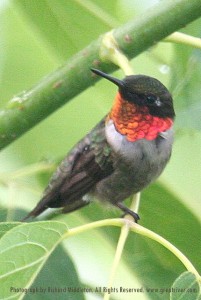
![IMG_1087+%25281%2529[1]](http://www.greatriver.com/wordpress/wp-content/uploads/2016/03/IMG_10872528125291.jpg)
